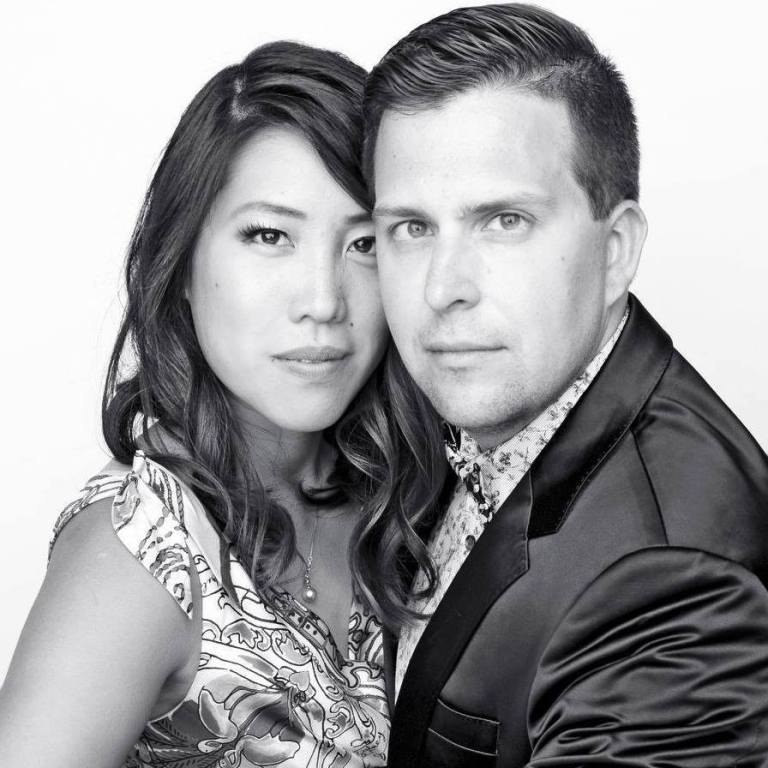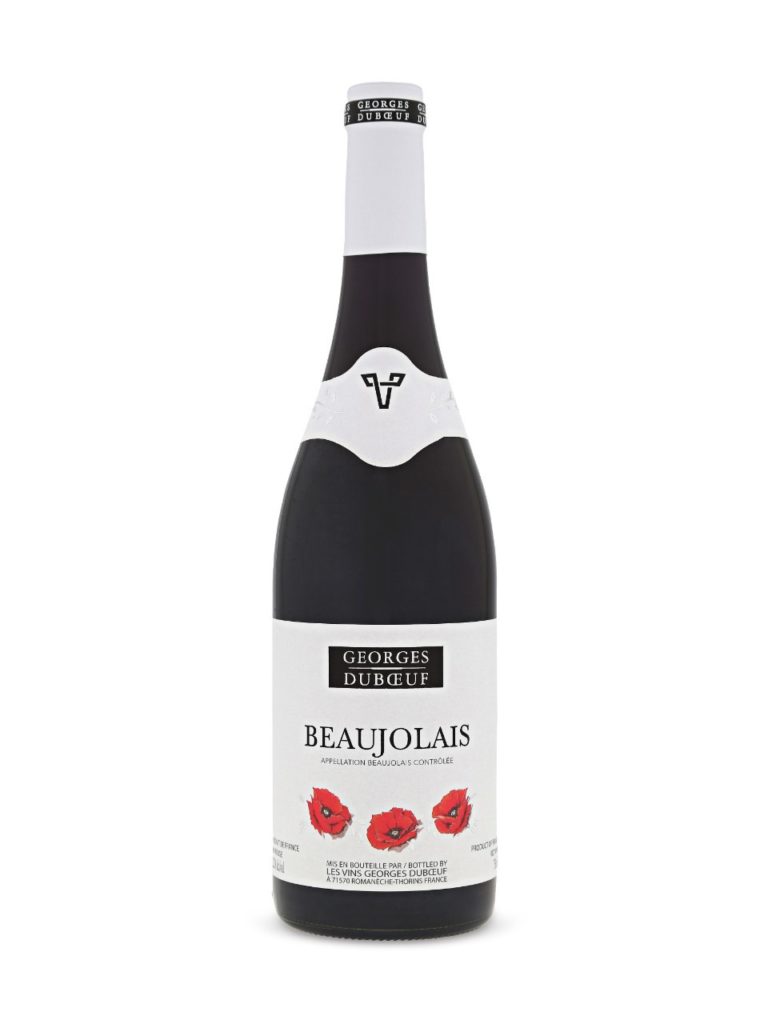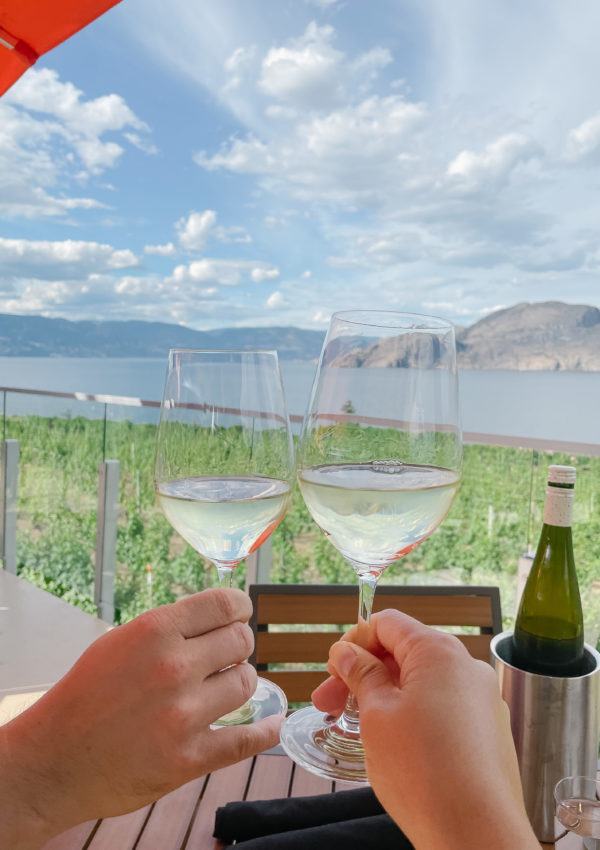Here’s a digest of the wines we’ve been tasting recently! It’s been an effort (an easy one) to branch out and try more wines outside of BC. We completed WSET Level 1 recently and are in the process of studying and preparing for WSET Level 2 next month.
WSET has a systematic approach to tasting wine. Every grape has certain characteristics on the nose and palate, so we’ve been working to train and align our taste buds to the smells and tastes. It’s been fun trying our favorite grape varietals from around the world, mostly from France.
Since we’ve started tracking our wines and tasting notes, here’s a list of the wines we’ve had recently. They are in no particular order.
- Veuve Cliquot Rose Champagne
- William Fevre Chablis
- Chartron & Trebuchet Pouilly-Fuissé
- Kettle Valley 2014 Syrah
- Georges Duboeuf Beaujolais AOC
- M. Chapoutier Côtes-du-Rhône
We loved the 2014 Syrah from Kettle Valley Winery. We will need to find a Côte-Rôtie to do a comparative tasting but based on our WSET studies so far, we think this Syrah is reminiscent of Côte-Rôtie AOC as this Syrah follows the traditional method of co-fermenting with a small amount of Viognier (5%). Lots of black fruit and pepper notes on the nose and palate. It is supposed to have floral aromas, but we simply may need more practice to detect that on the nose. The Syrah was amazing and we thought it provided tremendous value for its price point. We had it with lasagna.
Justin hunted around for the Veuve Clicquot Rosé Champagne because I was on a Rosé champagne/bubbly kick and they’re not the easiest to find around here. We brought this back from a trip somewhere last year. It’s non-vintage and made with Pinot Noir grapes. It was dry with light body. We got strawberry and citrus on the palate. There was a touch of biscuit, but overall we found ourselves wanting more body and toasted notes. Wouldn’t go out of our way to pick up this Rose Champagne and would opt for regular Veuve Clicquot as it’s dry and more complex.
We did our first comparative tasting with the Pouilly-Fuissé and Chablis. It was inspired by a local fishmonger, Codfathers, advertising fresh West Coast oysters. We picked up 2 dozen. It was my first time ever shucking oysters and decided to mark the occasion with a nice white. It’s a lot of work shucking oysters when you don’t know how to shuck oysters.
The Chablis was the preferred pairing with the oysters because it was more acidic, with green fruit and lemon vs. the Pouilly-Fuissé which was creamier from the use of oak and had notes of stone and tropical fruit.
Funny story: I made the mistake of confusing Pouilly-Fuissé with Pouilly-Fumé at the liquor store. Originally, I was hoping to test Chardonnay and Sauvignon Blanc for the oyster pairing. Pouilly-Fumé is Sauvignon Blanc grapes, and I thought we were tasting that vs. the Pouilly-Fuissé.
The Pouilly-Fuissé has medium body, stone/tropical fruit notes, and complexity from being fermented in oak. Pouilly-Fumé or Sauvignon Blanc is not typically put on oak, because its fresh and herbaceous characteristics are easily overwhelmed. Pouilly-Fuissé is made from Chardonnay. So we were tasting two Chardonnays because Chablis is also made from Chardonnay.
It was a trip tasting the Pouilly-Fuissé because I was looking for Sauvignon Blanc qualities when we were actually tasting a Chardonnay. Justin finally corrected me and we had a good laugh. I don’t know how I’ll live it down when I was trying to convince him against his taste buds. I should be able to remember the difference between Pouilly-Fuissé and Pouilly-Fumé for a very long time.
I think I will design a wine journal for us to keep track of wine that has some semblance to the WSET method as well as the way we’d want to document our wine experiences.













Leave a Reply